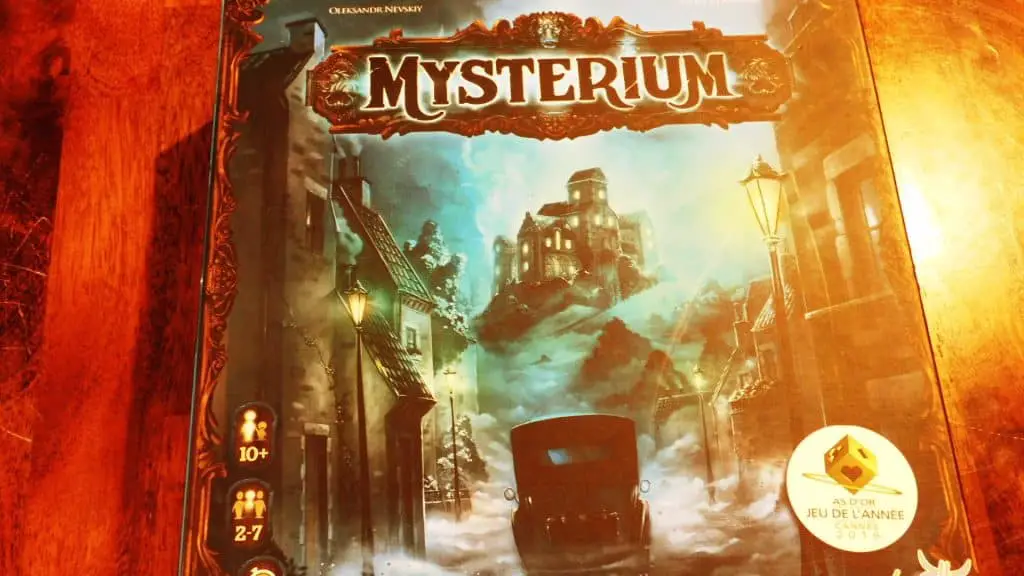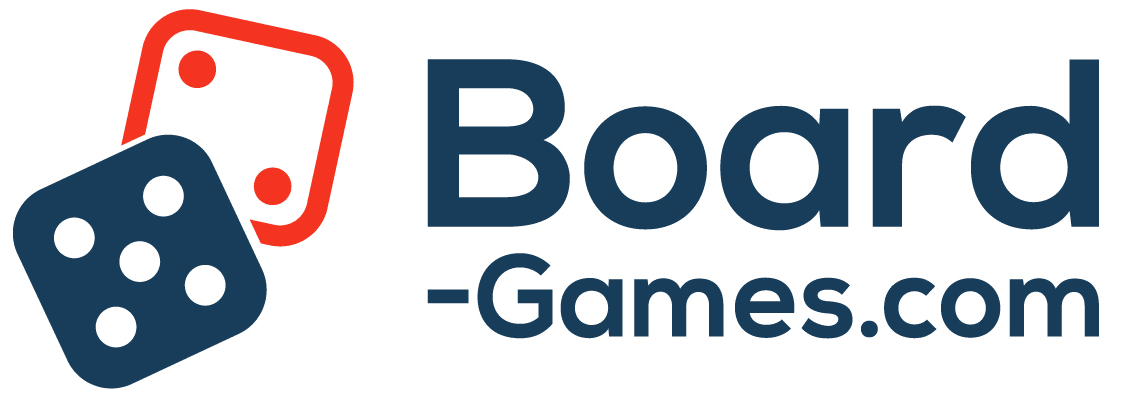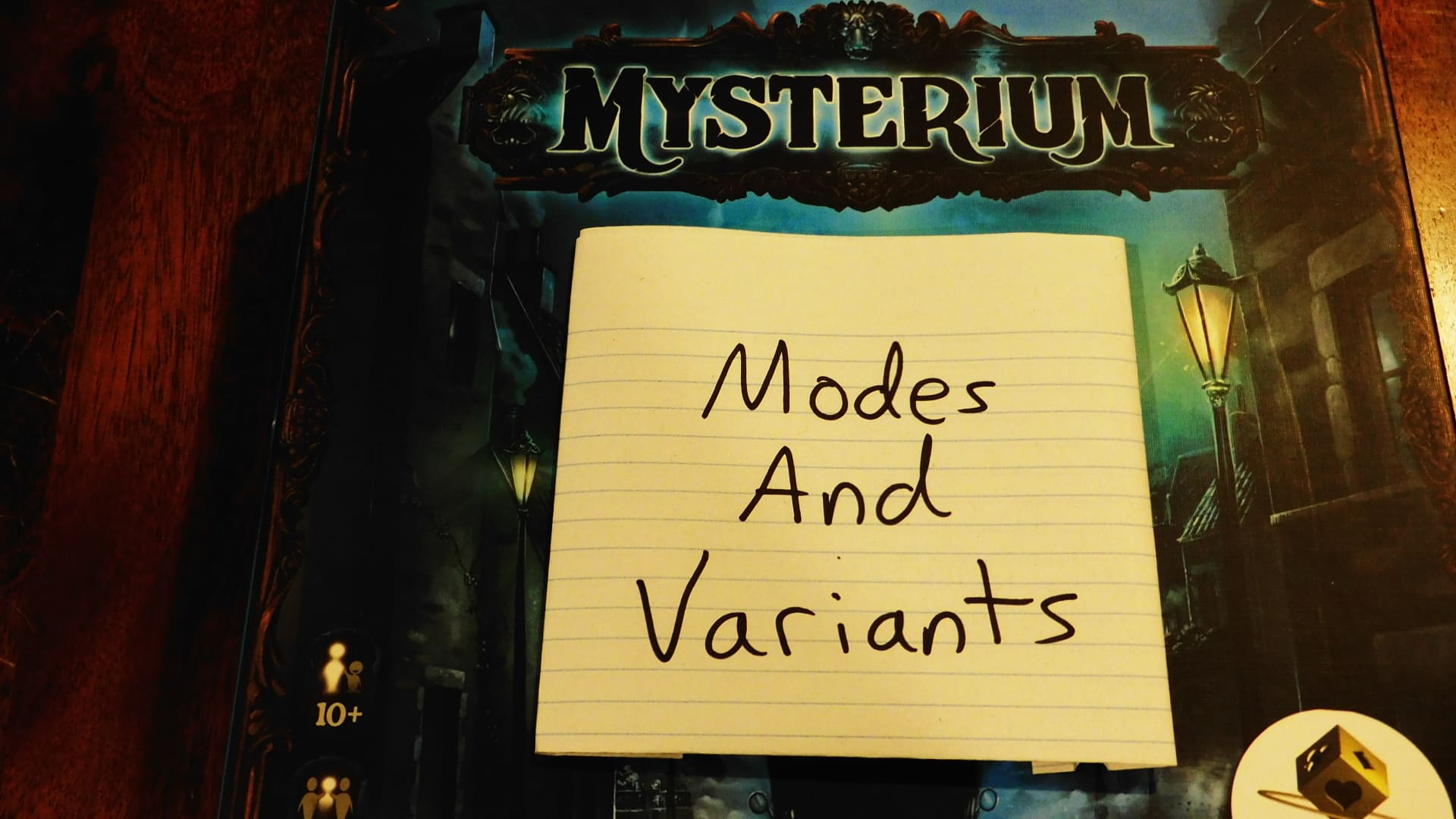One of the great parts of the board gaming hobby is just how customizable it is. This includes apps, how to organize the games, and even variants for those games. I want to help people enjoy this hobby as much as possible, so helping them discover those variants and other modes is a no-brainer. With that in mind, here’s my detailed look at the modes and variants for Mysterium.
The modes in Mysterium include built-in easy, medium, and hard difficulty modes and a mode for two or three players. The variants in Mysterium include the Ghost Player picking the Culprit Token during setup instead of in Phase 2, the Ghost being allowed to talk, using custom cards from other games or in general, letting the Psychics talk in Phase 2, removing the timer, and removing the Clairvoyancy Track and associated components.
Table of Contents
How To Play Mysterium

I have written a more in-depth look at how to play Mysterium, as well as a quick reference guide for those who need it. If you need a quick refresher or some help with how to play Mysterium, here’s a quick primer.
Everyone works together in Mysterium. Most players take on the role of Psychics, helping another player take on the role of the Ghost. The Ghost was murdered, and they and the Psychics only have one night to solve their murder, represented by seven rounds in Phase 1 of the game.
During Phase 1, the Ghost gives the Psychics Vision Cards. Those cards feature surreal, painterly art, which allows for multiple interpretations. Those cards are also the only way the Ghost can communicate with the Psychics. The Ghost gives the Psychics those cards in the hope they’ll interpret what’s on them the same way they do so that they’ll pick the right Suspects, Locations, and Objects.
If all Psychics pick the right Suspects (the game calls these Characters, but it makes more sense to refer to them as Suspects), Locations, and Objects before Phase 1 is over, all players move on to Phase 2. During Phase 2, all the Suspects, Locations, and Objects are laid out in groups. Each group contains one Suspect, Location, and Object. The Ghost secretly picks one of the groups (with a numbered Culprit Token matching the group’s number) and then gives all the Psychics a shared vision represented by three Vision Cards.
After seeing the Vision, the Psychics silently vote on which group they think the Vision is pointing toward. The group with the majority vote wins. If that group is the right group, everyone wins! If not, they lose.
Enjoying Mysterium
No matter how you’re playing Mysterium, it’s best enjoyed with some creepy background music, dim lighting, and at night. You can enjoy it without these elements, but they elevate the experience of playing Mysterium, and they’re worth mentioning here.
Mysterium’s Modes
Mysterium has three modes of play: easy, medium, and hard. There’s also a mode for playing with two or three players. This is how each affects the game.
Difficulty Modes
Difficulty Modes change how many Suspects, Locations, and Objects the Psychics will see while trying to figure out the Ghost’s Visions. The more of them there are, the less likely they are to choose correctly, and the more difficult it will be for the Ghost to give them Vision Cards that will lead them to choose correctly.
Easy Mode makes this process easiest of all with the following numbers:
- Two players=four cards
- Three or four players=five cards
- Five or six players=six cards
- Seven players=seven cards
Medium Mode changes the numbers to the following:
- Two players=five cards
- Three or four players=six cards
- Five players=seven cards
- Six or seven players=eight cards
And Hard Mode changes them to:
- Two players=six cards
- Three or four players=seven cards
- Five players=eight cards
- Six or seven players=nine cards
In addition to the number of cards Psychics see, the difficulty mode changes how the Ghost Player is allowed to use their Crow Tokens. Using a Crow Token lets them discard their hand of seven Vision Cards for another seven.
If playing on Easy Mode, the Ghost can use a Crow Token once per round, refreshing them each round. If playing on Medium Mode, the Ghost can only use three Crow Tokens per game. And if playing on Hard Mode, they can only use one Crow Token per game.
For at least the first game, play Mysterium on Easy Mode. Doing this provides you with a solid baseline for how you and your group can handle Mysterium. If you find it to be too easy, up the difficulty. If you don’t, keep playing on easy until you get to a point where you feel comfortable moving to medium.
For reference, I’ve played Mysterium quite a few times now, and I can’t remember moving past easy yet, but that may simply be my group’s skill level.
Two Or Three Players
Playing Mysterium with two or three players (Ghost included) requires adjusting a few rules.
First, players won’t use the Clairvoyancy Track or Clairvoyancy Trackers. Each Psychic Player uses two Psychics instead of one, and during Phase 2, all three Vision Cards are placed face up instead of face down.
In addition, with two players, which means one player is playing the two Psychics and one is playing the Ghost, they will create two additional Suspect, Location, and Object groups, bringing the total to four. Also, the Psychics Player will only vote once.
With three players, Psychics vote openly, not secretly. The two Psychic Players can discuss and must agree on the group they’re voting for. A majority is not possible otherwise.
Mysterium’s Variants
One of the great parts of owning a board game is knowing variants exist for the game, especially if you like the game but are looking to tweak it in some way. There is a multitude of resources for Mysterium variants out there, and I recommend giving them a look. To get you started, here are a few I’ve come up with.
Ghost Picks Culprit Token During Setup
Mysterium doesn’t make this clear, but the Ghost normally doesn’t pick the Culprit Token until Phase 2. There’s some logic to this, as it means the Ghost can pick a group that their Vision Cards will more easily lead the Psychics to, but for groups who want more of a challenge, have the Ghost Player pick the Culprit Token while setting the game up.
The Ghost Can Talk
I’ve never played this way, but it’s one I’m curious about. I’m not suggesting the Ghost Player is all of a sudden allowed to give hints for free, but maybe, for example, the Ghost Player could use a Crow Token to either refresh their hand or give a hint.
I think with the right group, letting the Ghost talk could work. It may take some tweaking, though.
Custom Cards
I’ve mentioned in other pieces about Mysterium that players can mix in cards from Dixit, Mysterium: Park, Detective Club, and others. You could even take this a step further by making your own custom cards. Find art that appeals to you (and that’s copyright-free), print it on cardstock, cut it out, and go to town.
The Psychics Can Talk During Phase 2
I have always found the rule of not allowing the Psychics to talk during Phase 2 a weird one. I’m not sure how it’s intended to tie into the theme or enhance the mechanics of the game, but, for me, it doesn’t.
If you feel the same way, let the Psychics talk during Phase 2!
Remove The Timer
Timer making you feel rushed or taking away from your enjoyment of the game? Remove it! Alternatively, you could use a digital app for the timer and extend the time.
Remove The Clairvoyancy Track And Associated Components
I was inspired to add this variant, thanks to Mysterium Park. Mysterium Park, if you don’t know, is a slimmer, faster version of Mysterium. One of the ways it accomplishes this trimmed-down experience is by removing the Clairvoyancy Track and anything associated with it. In Mysterium, these components determine how many Vision Cards each Psychic gets to see before voting in Phase 2.
Like not being able to talk in Phase 2, this feels like an unnecessary restriction for the Psychics. So, why not just take it out and let the Psychics see all the Vision Cards? You could even combine this with letting the Psychics talk during Phase 2 for an even better experience!
Did You Know?
(Each time you refresh the page you will get a new “Did You Know” fact!)
Did you know Clue has been published in a lot of other countries? Because of this, there was a strong need to translate the game into other languages. For example, Cantonese, French, German, and Italian.
Pretty cool, huh? Clue is an interesting game because it sits between what we would call a language-dependent game and a language-independent game.
Not sure what I’m talking about? Take a look at this article about board games being published in other languages!
Conclusion: A Detailed Look At The Modes And Variants For Mysterium
So, that’s my list of the modes and variants in Mysterium. I’m sure I’ve missed some though.
So, why not tell me what modes and variants for Mysterium you know of? You could also let me know what you think of mine too. Looking forward to it!
And, as always, keep on gaming, fellow board gamers.

